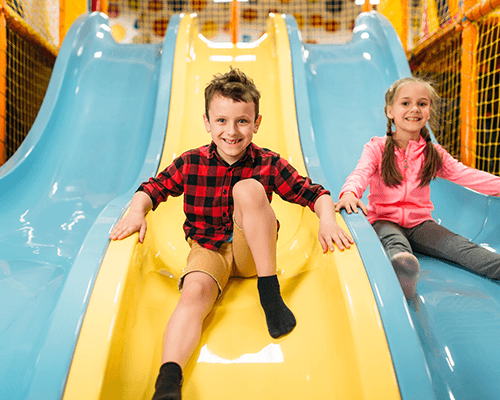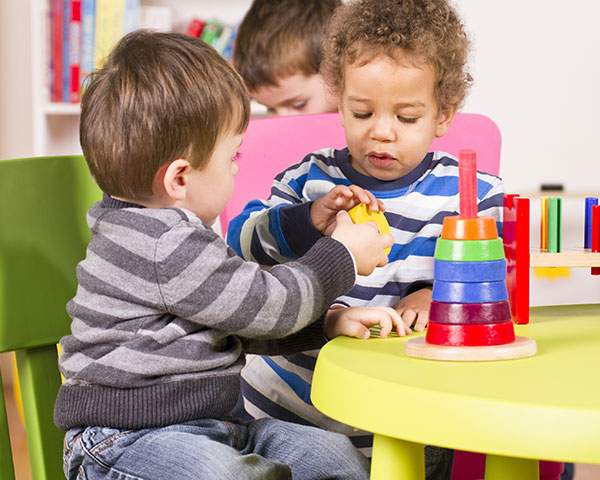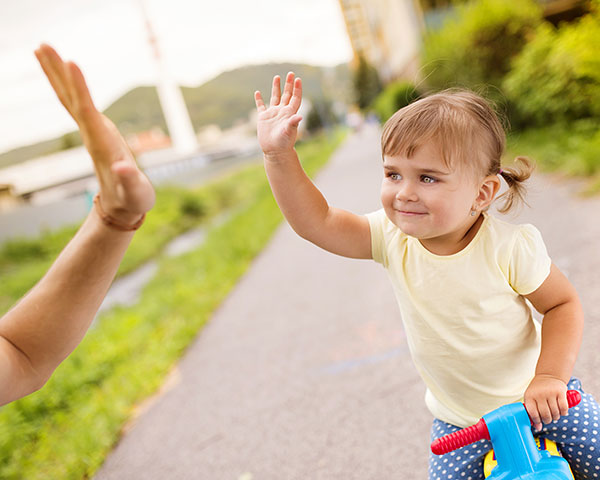Active play is part of the way children grow and learn
Physical Activity & Play
Physical activity and play are necessary for a child’s healthy development. Active play is part of the way children grow and learn. Play is how children experience their world and bring meaning to it. It models the social framework that builds relationships for life and kindles the imagination. Play gives children the chance, in a world where so many carry heavy burdens, to simply be children. It is through play that children learn best. Furthermore, play is a child’s right.

Articles
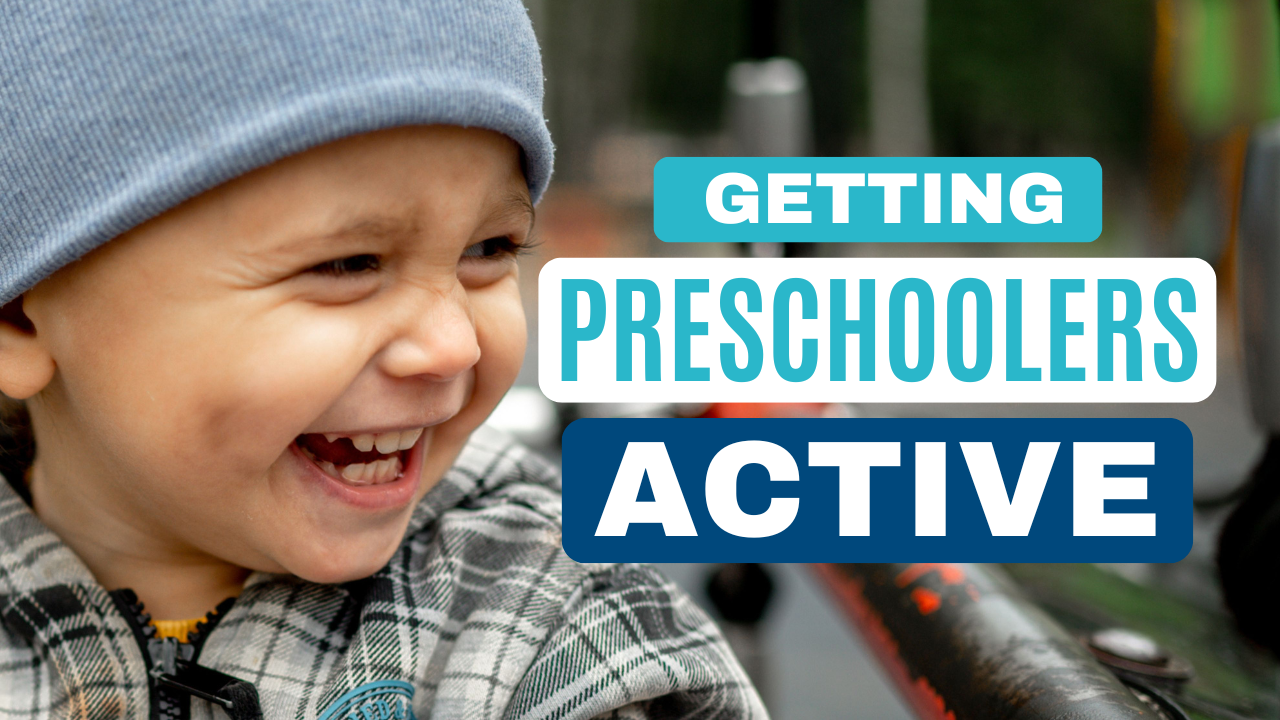
Getting Preschoolers Active
In this webinar, facilitated by nature play expert Margaret Fraser from the Child and Nature Alliance of Canada (CNAC), provides you with resources to get you and your child care program to THRIVE OUTSIDE. You will get information on a website that is full of accessible resources like the Risk Assessment Tool, find out how
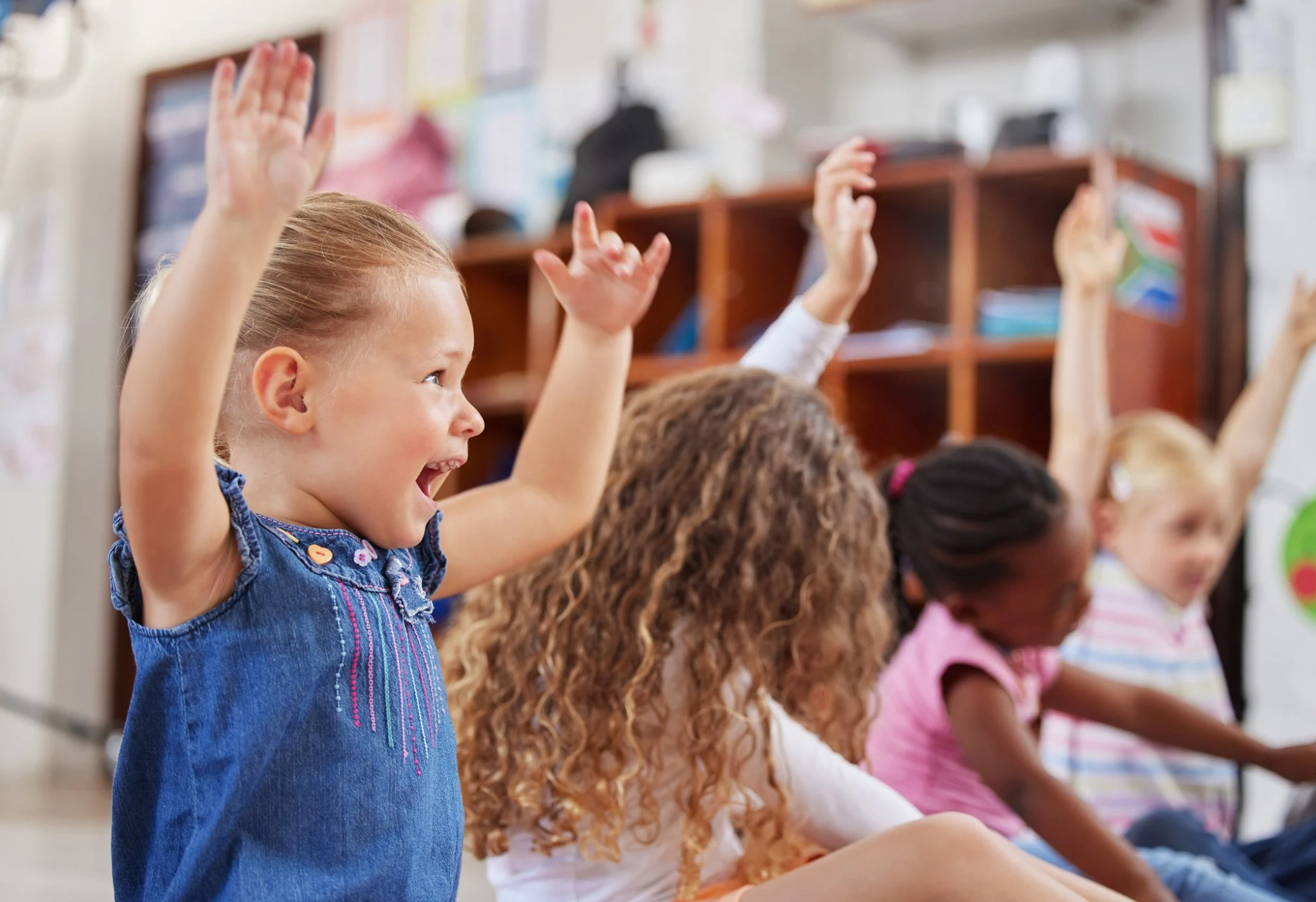
The importance of active play in the early years
Learn from outdoor play experts how to provide opportunities for children to develop physical skills through active play and the lifelong benefits to children. Develop evidence-based active play program strategies for early educators, administrators and parents to Introduce engaging active play programming in a wide variety of indoor and outdoor settings for young children.
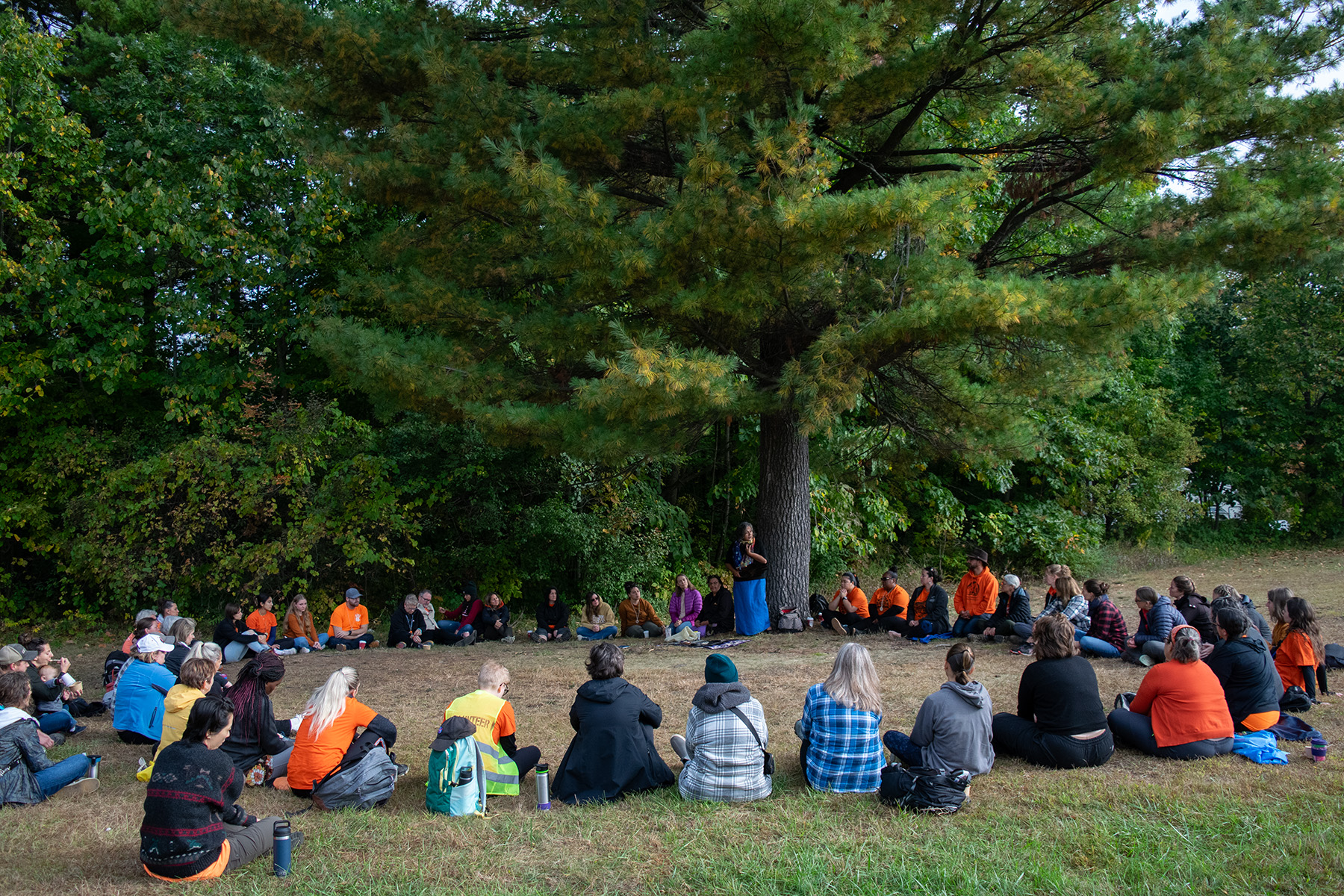
A Glimpse into the 2023 Breath of Fresh Air Outdoor Play Summit
Read about the inspiring three-day 2023 Breath of Fresh Air Outdoor Play Summit. From thought leaders, practitioners, researchers, and policy makers dedicated to advancing outdoor play and learning in Canada.

How to Support Peer Interaction in Early Childhood Settings
f you have a child in your care who’s often left out of interactions, you may be wondering what impact that might have on their development, and if there’s anything you can do to help.
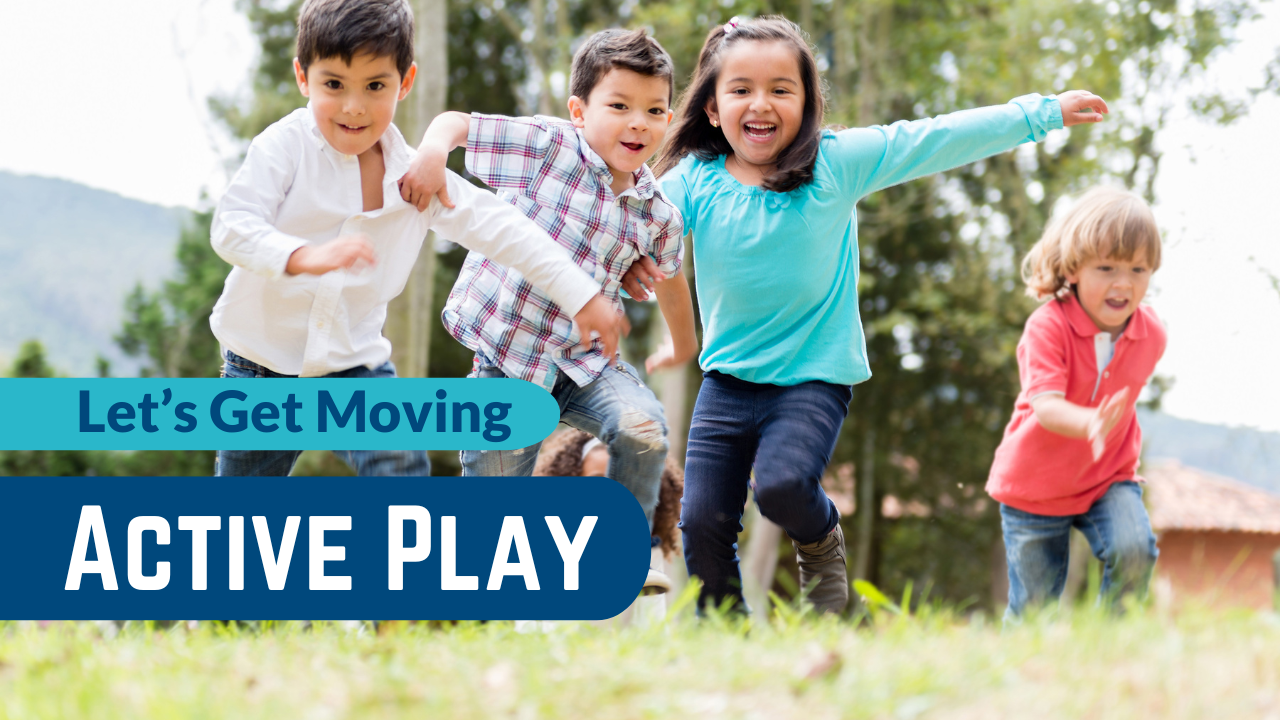
Let’s Get Moving
CCCF is pleased to share this webinar where Professor Dawne Clark will explain how to use the resources found on ActivePlay.ca/JeuActif.ca. Discover such resources as videos, posters, activities and articles to promote active play in early years settings. ActivePlay.ca’s videos and posters are also available in five international languages and three Indigenous languages in addition
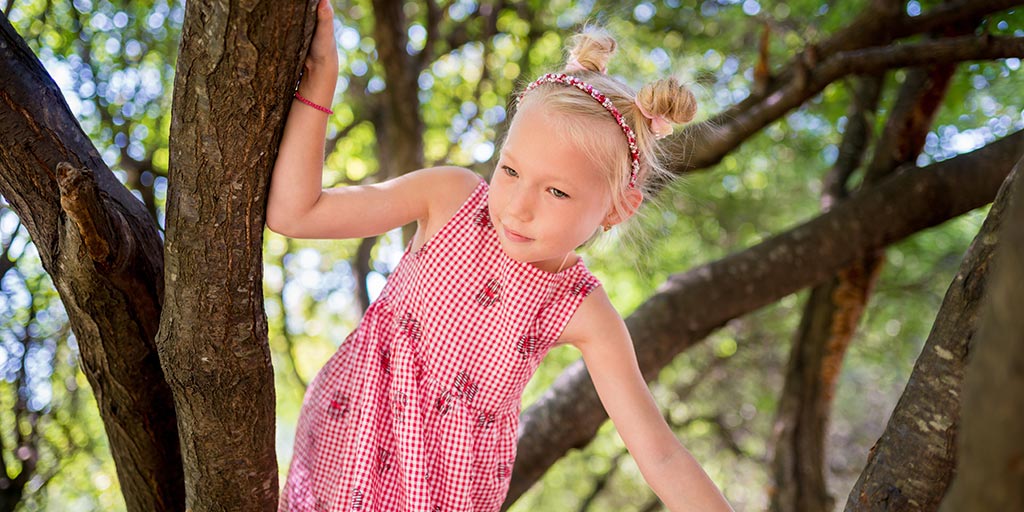
Risky Play
Watch the free replay now! Learn strategies in this webinar from outdoor play experts to help think through the risks and benefits involved in outdoor play. Gain confidence in your ability to navigate risky play in your programs.
Moving and Growing
In response to growing concern about type 2 diabetes in children in Canada, the CCCF, and the Canadian Institute of Child Health (CICH) have joined together to review and update CICH’s popular physical activity series, Moving and Growing, first published in 2020.
The Moving and Growing series is designed to help you and your child develop lifelong habits of physical activity. Each illustrated booklet outlines the benefits of physical activity, how to choose appropriate activities, how to encourage physical activity and children’s developmental skills by age group.
- Physical Activities for the First Two Years
- Physical Activities for Twos, Threes and Fours
- Physical Activities for Fives and Sixes
- Physical Activities for Sevens and Eights
Quality Environments and Best Practices
to Support Physical Activity in the Early Years
Four evidence-based resource sheets developed by CCCF are available for free download here.
1. Supporting your child’s physical activity
Activity is an important part of children’s physical, mental and emotional development. Providing opportunities for them to develop physical skills reaps benefits in every aspect of their development, for the rest of their life. A positive attitude towards active play at an early age positively affects their later involvement in physical activity and fitness. Download the copy here.
2. Bringing Back Physical Activity Play in Childhood
Most early learning and child care programs support a child’s developing physical domain by including active play daily. However, like any program component, physical activity playtimes need to be regularly reassessed. Download the copy here.
3. Supporting Children to Learn Through Play
Play is how children experience their world and bring meaning to it. It models the social framework that builds relationships for life and kindles the imagination. Play gives children the chance, in a world where so many carry heavy burdens, to simply be children. It is through play that children learn best. Download the copy here.
4. The Value of Play for Young Children
Some early learning and child care practitioners may not be fully aware of the valuable contribution that physically active play makes to child development. However, most recognize the innate physical need for children to be physically active. Download the copy here.


